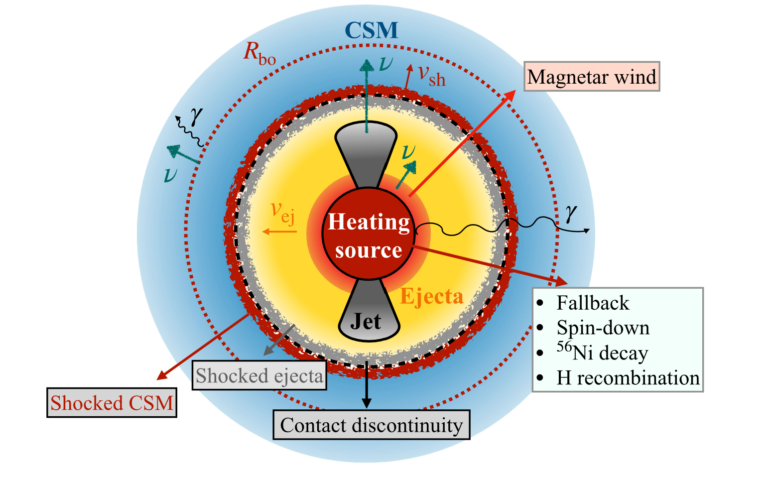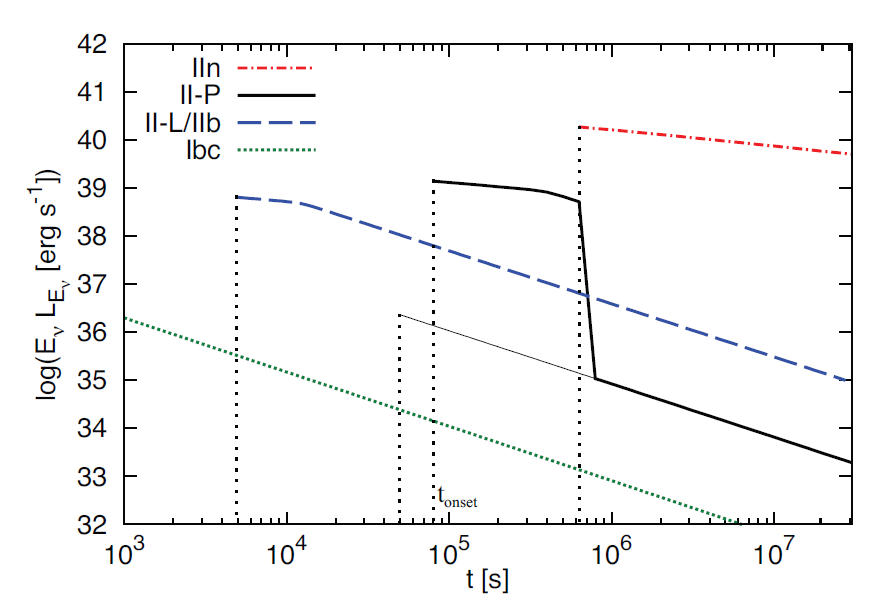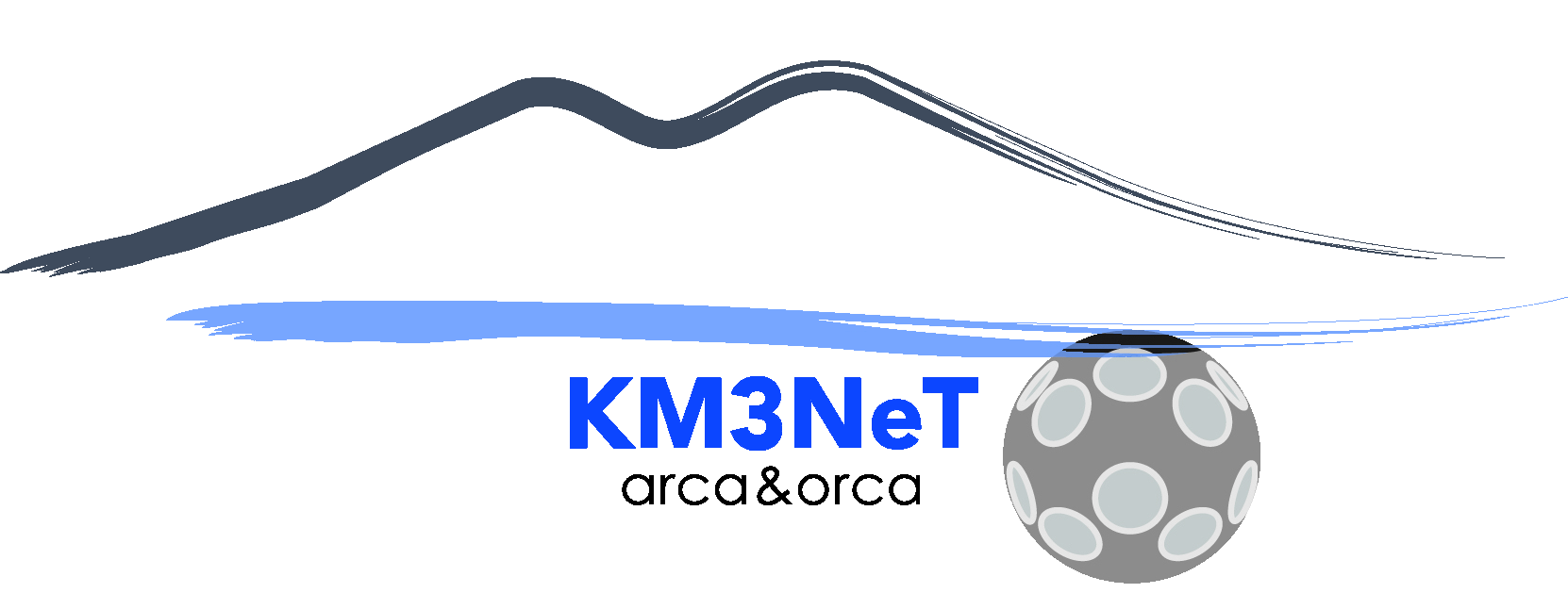
A core-collapse supernova marks the violent end of a massive star that has exhausted its nuclear fuel, causing its core to collapse and resulting in intense shock waves that disperse through the star’s outer layers. In the aftermath, protons and heavier nuclei can be accelerated to very high energies at the forward shock or in the magnetized wind region, where they collide with ambient gas and radiation fields to produce mesons. The subsequent decay of these pions (and of the muons they yield) generates a flux of high-energy neutrinos, preserving a direct window into the hadronic acceleration processes that photons alone cannot fully probe. Studying these neutrinos not only tests our understanding of particle acceleration and shock physics, but also sheds light on the role of core-collapse events in the origin of Galactic cosmic rays.

The goal of our working group is to obtain a liekelihood time dependent analysis exploiting the catalogs of core-collapse supernovae and employs a straightforward cut-and-count methodology. By defining narrow time and spatial windows around known supernova epochs and adapting selection cuts to each KM3NeT ARCA configuration deployed to date, it aims to set the first limits—or hopefully make the first detections—of high-energy neutrinos from these cataclysmic events.

